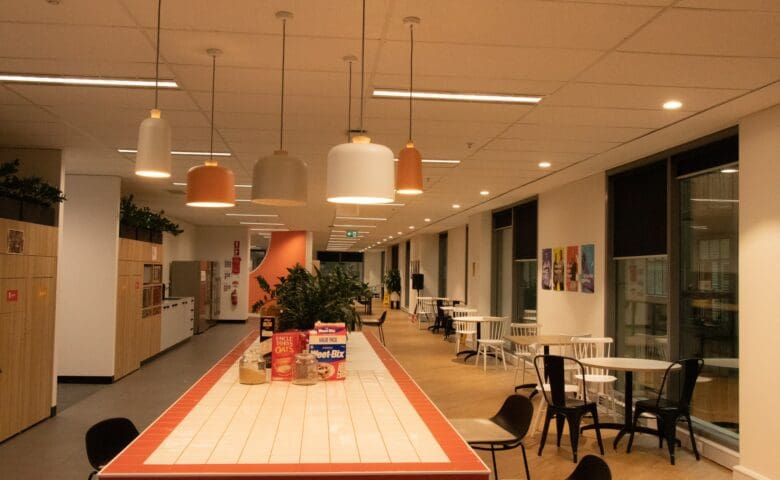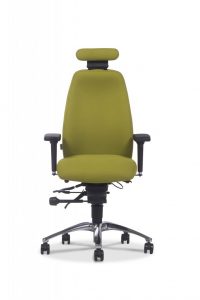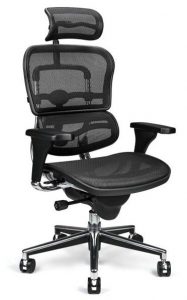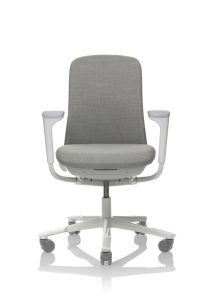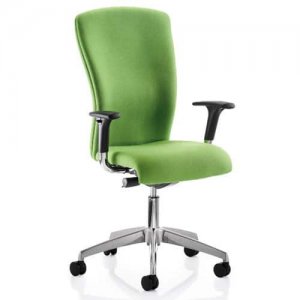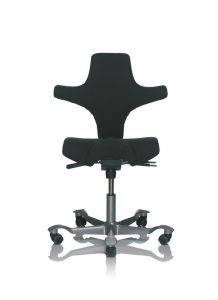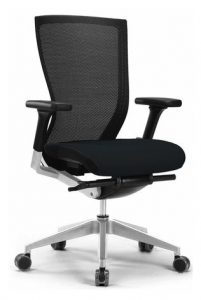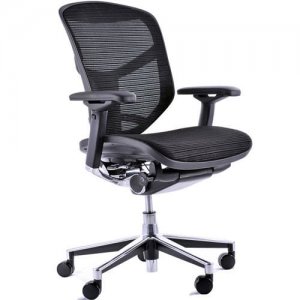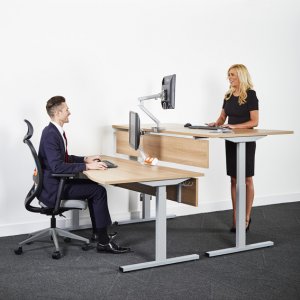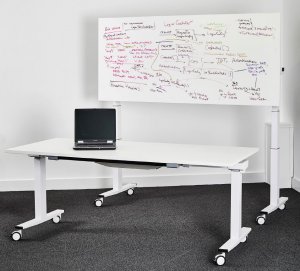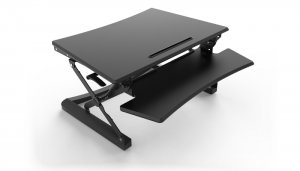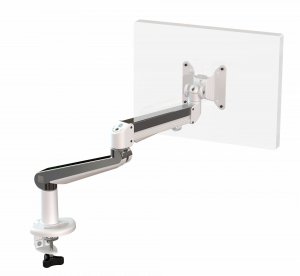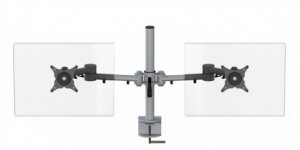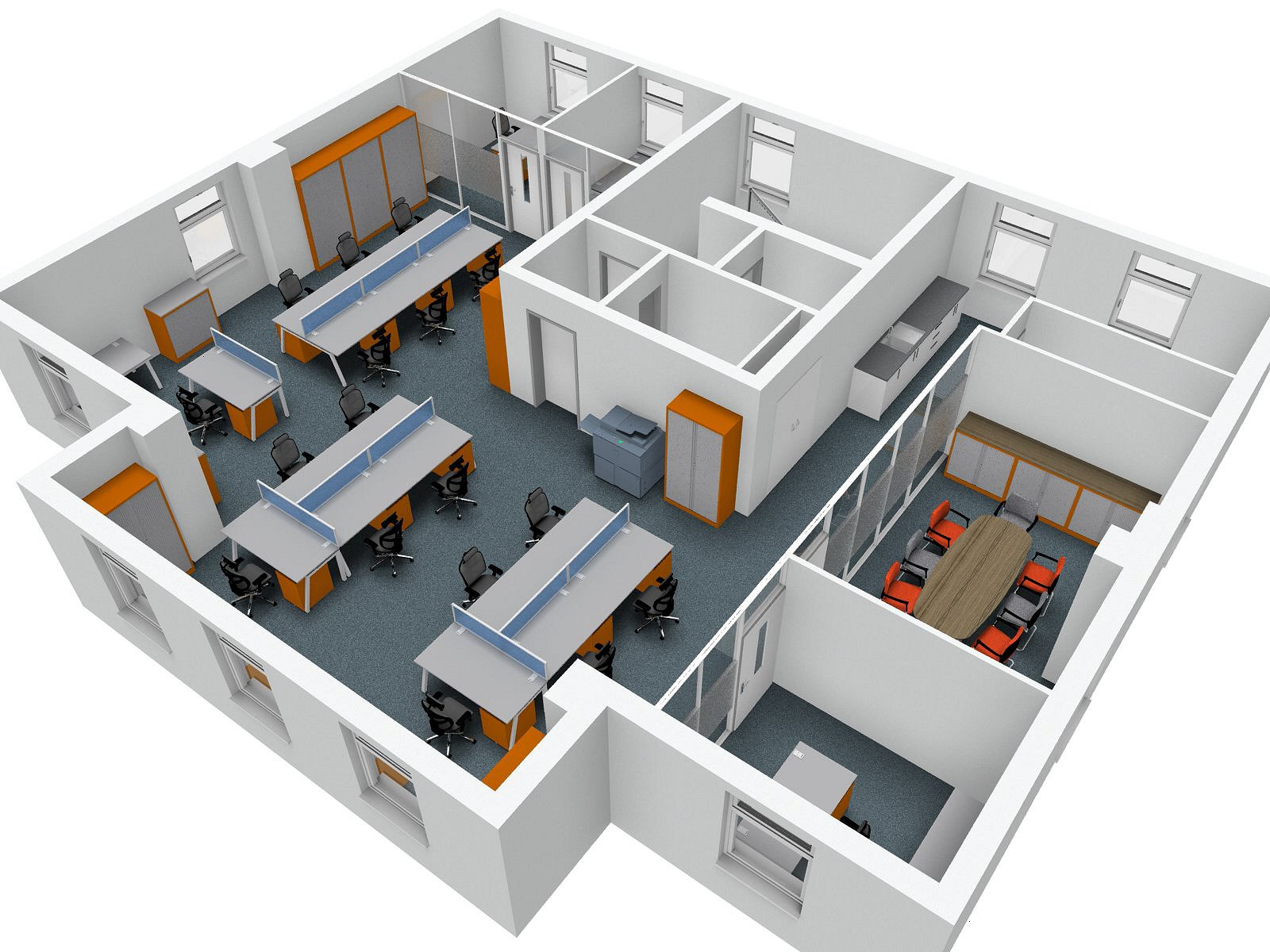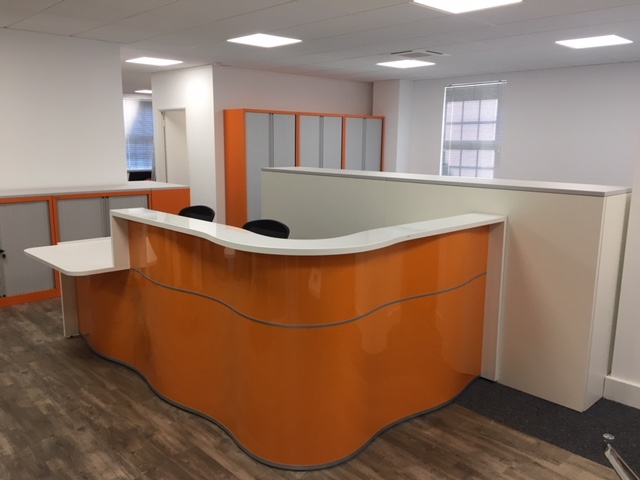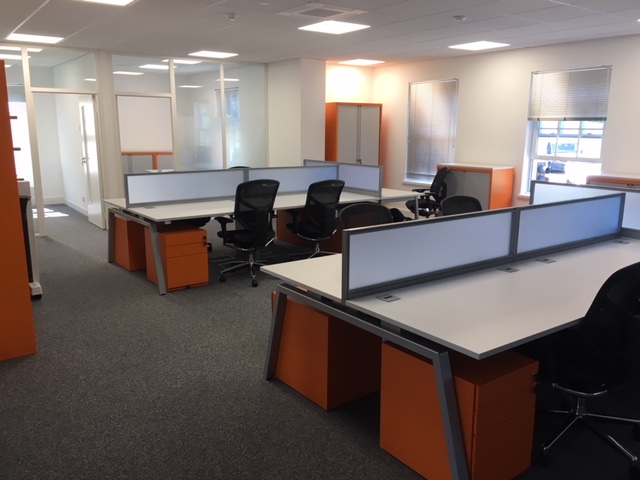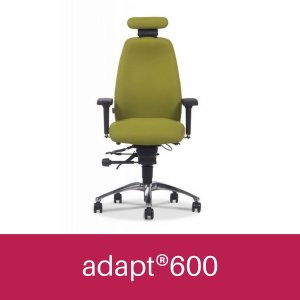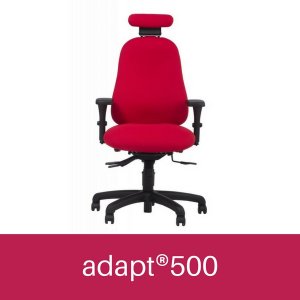How To Make Hot Desking Work for Your Company
Hot desking can have many benefits for your business and can be especially useful for companies that have smaller offices or for organisations who promote flexible working. However, there can be a variety of barriers to the successful implementation of hot desking. Here we aim to highlight the biggest of those hot desking problems and provide some tips and insight into how you can avoid any big issues.
Have a system in place that allows employees to "reserve a desk"
Some days will require more desk based work than other. Having the option to make sure a desk is available when needed is a great way to help the implementation of hot desking seem less scary and more functional for staff. It also helps to keep tensions and competition for space low and makes it easy for people to plan their working day efficiently.
Reservation systems could be as simple as having an office manager or receptionist place a note or dry-wipe board message on a desk stating that the space is reserved for "x", accompanied by the time the desk is reserved from and to. For larger organisations a desk reservation software may be more suitable.
Whichever reservation method is chosen, it is crucial that all staff are briefed on the system, how it works and the importance of following it.
Make sure ample storage solutions are available
If your company is looking into hot desking, its is vital that suitable storage solutions are not forgotten. Adequate and functional storage can be the difference between the success and failure of your hot desking system.
It may be a good idea to ask your employees to fill out a questionnaire about the items they regularly bring in to work and what type of storage they feel would suit them best. For example, if people regularly bring a gym kit or change of clothes to work, larger storage options such as lockers should be made available.
An effective and secure filing system is also important when people no longer have a personal desk to occupy. There are many mobile pedestal options now available on the market and these can be a great solution for storing documents and other items that staff require to carry out their job effectively. Alternatively, a move towards a paperless office could also be implemented around the same time as the start of your hot desking plans.
It's also a good idea to place coat racks and hooks near each set of desks to allow people to keep bags, coats and other bulky items away from their working area but within sight and reach.
Have awareness for how others work
Some companies organise their hot desking system into different zones or departments throughout the building. For example, you may choose to have a silent working area, a more relaxed area and a zone for people who regularly make or take calls.
Alternatively, staff should be encouraged to respect others around them, such as stepping outside to speak on the phone if other colleagues are working quietly.
Keep desks clean and tidy
This is an important factor of hot desking success. Firstly, staff will become frustrated if they have to rearrange or tidy a desk before they can use it and secondly, colds and other illnesses are easily spread when desks, keyboards, phones and mice are shared by many people, so good hygiene is paramount for staff health.
Make it quick and simple for staff to keep desks clean and clear by placing a bin next to each desk or set of desks and antibacterial wipes within easy reach for wiping down the desk and shared accessories. You could also consider placing sanitising hand gel dispensers near each set of desks to help to stop the spread of germs.
Create spaces where staff can relax, socialise and collaborate
Hot desking offers a range of benefits, however, having alternative spaces that allow staff to break away from their work are crucial to the success of a desk sharing environment.
Staff need time to relax, meet with other colleagues and eat and drink in order to be productive, alert and creative. Depending on the way you choose to implement your hot desk system, it may not be possible to achieve these things at a shared desk. Without accessibility to spaces that cater for these types of activities, staff will quickly become frustrated with the system and become rapidly demotivated and unproductive.

